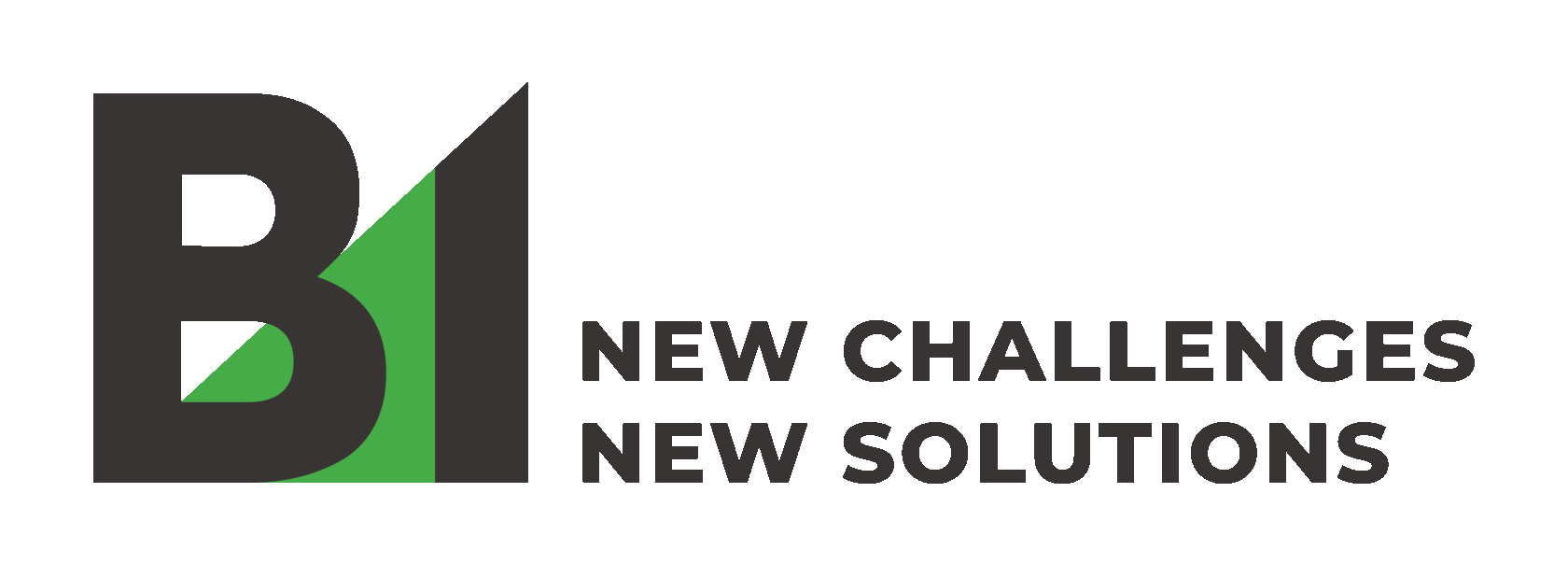B1 means endeavouring together with our clients to be the first in our field, to work as one united team and to be leaders in whatever we do.
New challenges. New solutions
About us
B1 Offers a full range of professional services, including in assurance, tax, law, strategy, transactions and consulting.
In over 20 years of working in Belarus, we have brought together a team of 500 professionals with broad expertise and extensive experience in delivering challenging projects.
Our services
Every day, we work for our clients and for society at large.
- Our assurance services come with a guarantee of high quality rigorous professional integrity, in-depth industry knowledge and exceptional client service.
- We help clients streamline their business, manage risks and cut costs, drive innovation and protect their assets from cyber threats, enter new markets and support clients throughout the transaction lifecycle.
- B1 professionals advise on all tax and law matters to help navigate the changing business environment.
- B1 Belarus will help you realize your business potential, while effectively managing any risks that arise.
Contact us
Learn more about our services by sending us a request for proposal by email.
Learn more about our services by sending us a request for proposal by email.
Our office
Minsk
Klary Tsetkin st., 51A, 15th fioor
Minsk, 220004, Republic of Belarus
Tel: +375 (17) 240 4242
Fax: +375 (17) 240 4241
Minsk, 220004, Republic of Belarus
Tel: +375 (17) 240 4242
Fax: +375 (17) 240 4241

